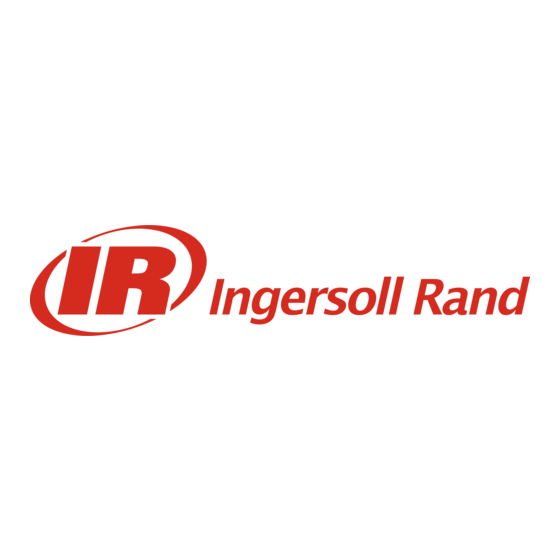
Table of Contents
Advertisement
Doosan purchased Bobcat Company from Ingersoll-Rand Company in
2007. Any reference to Ingersoll-Rand Company or use of trademarks,
service marks, logos, or other proprietary identifying marks belonging
to Ingersoll-Rand Company in this manual is historical or nominative
in nature, and is not meant to suggest a current affiliation between
Ingersoll-Rand Company and Doosan Company or the products of
either.
Ingersoll-Rand
Portable Power
P.O. Box 868 – 501 Sanford Ave
Mocksville, N.C. 27028
Revised (10-12)
Ingersoll-Rand Engine
Workshop Manual
Model Series
3IRH2N 3IRH8N
4IRH8N 4IRI8N
4IRI8T
1
P/N 22333660 (8/03)
Advertisement
Table of Contents
Troubleshooting











Need help?
Do you have a question about the IR Series and is the answer not in the manual?
Questions and answers